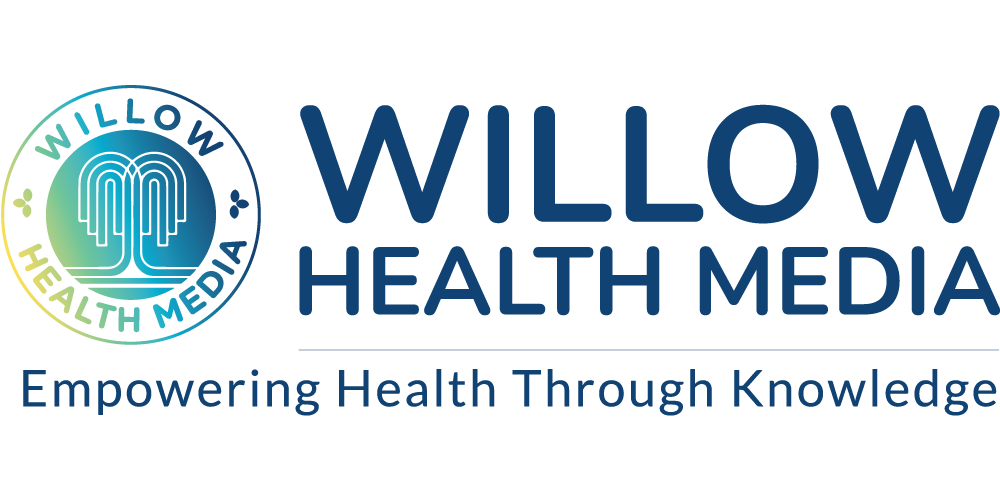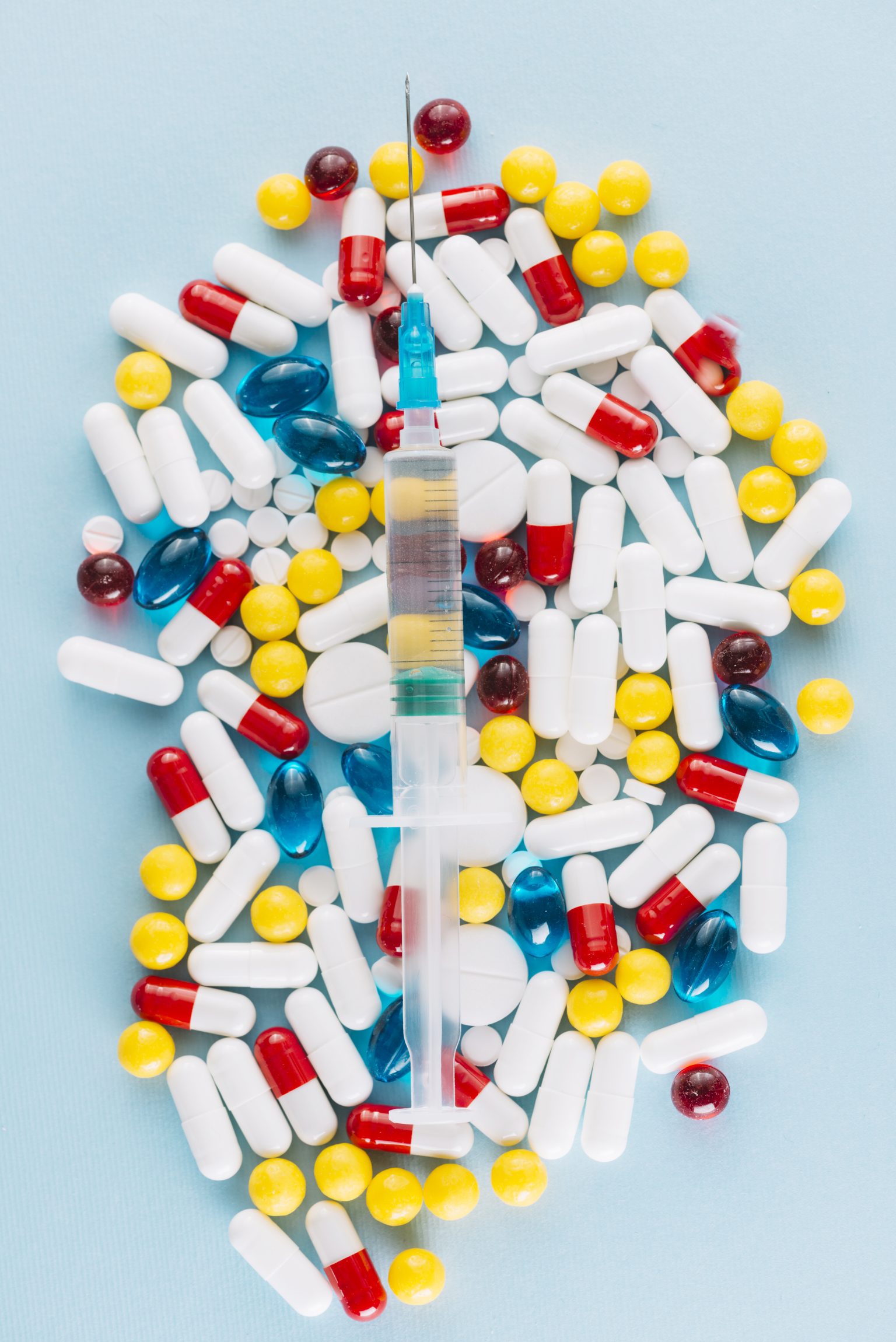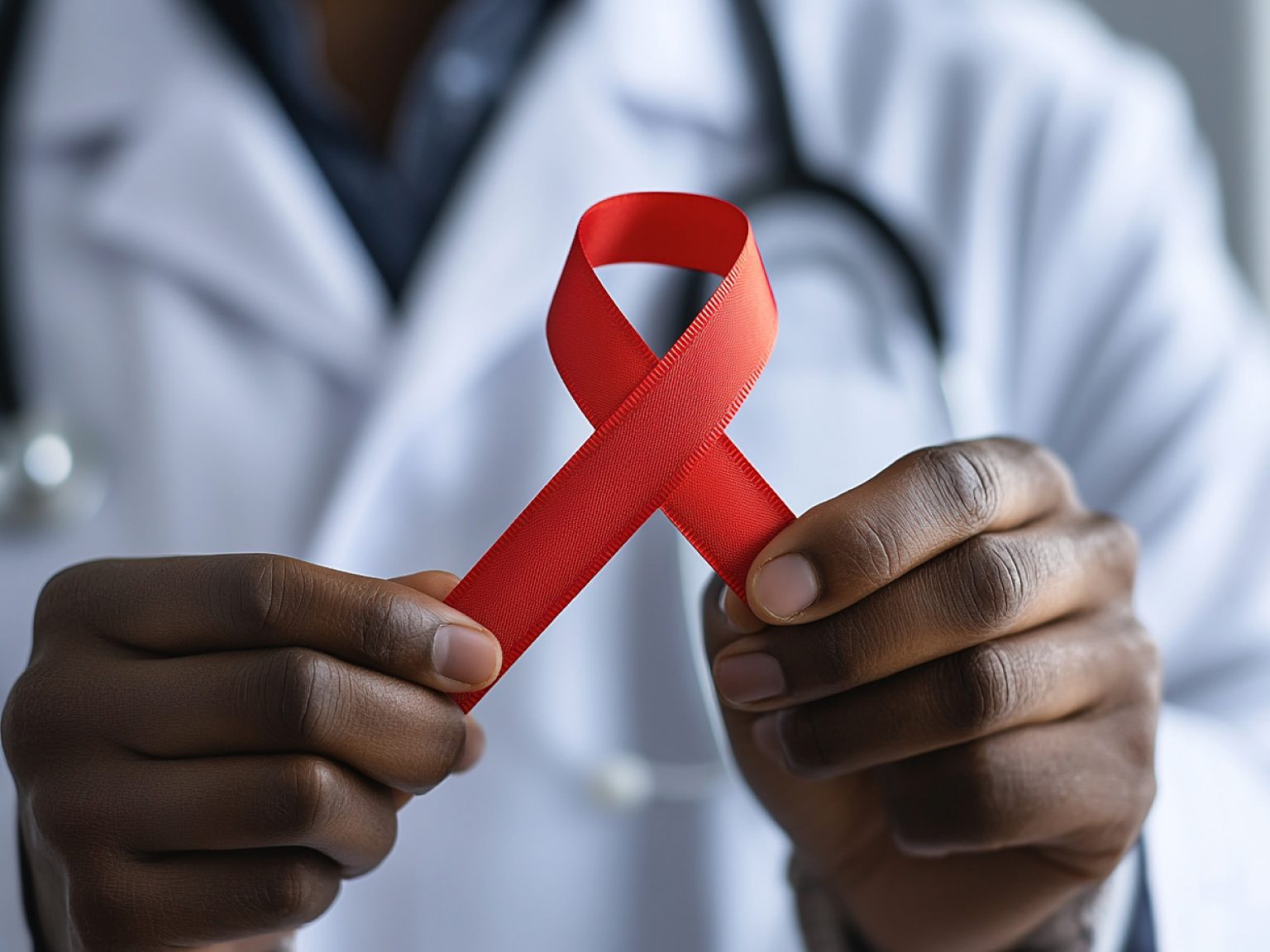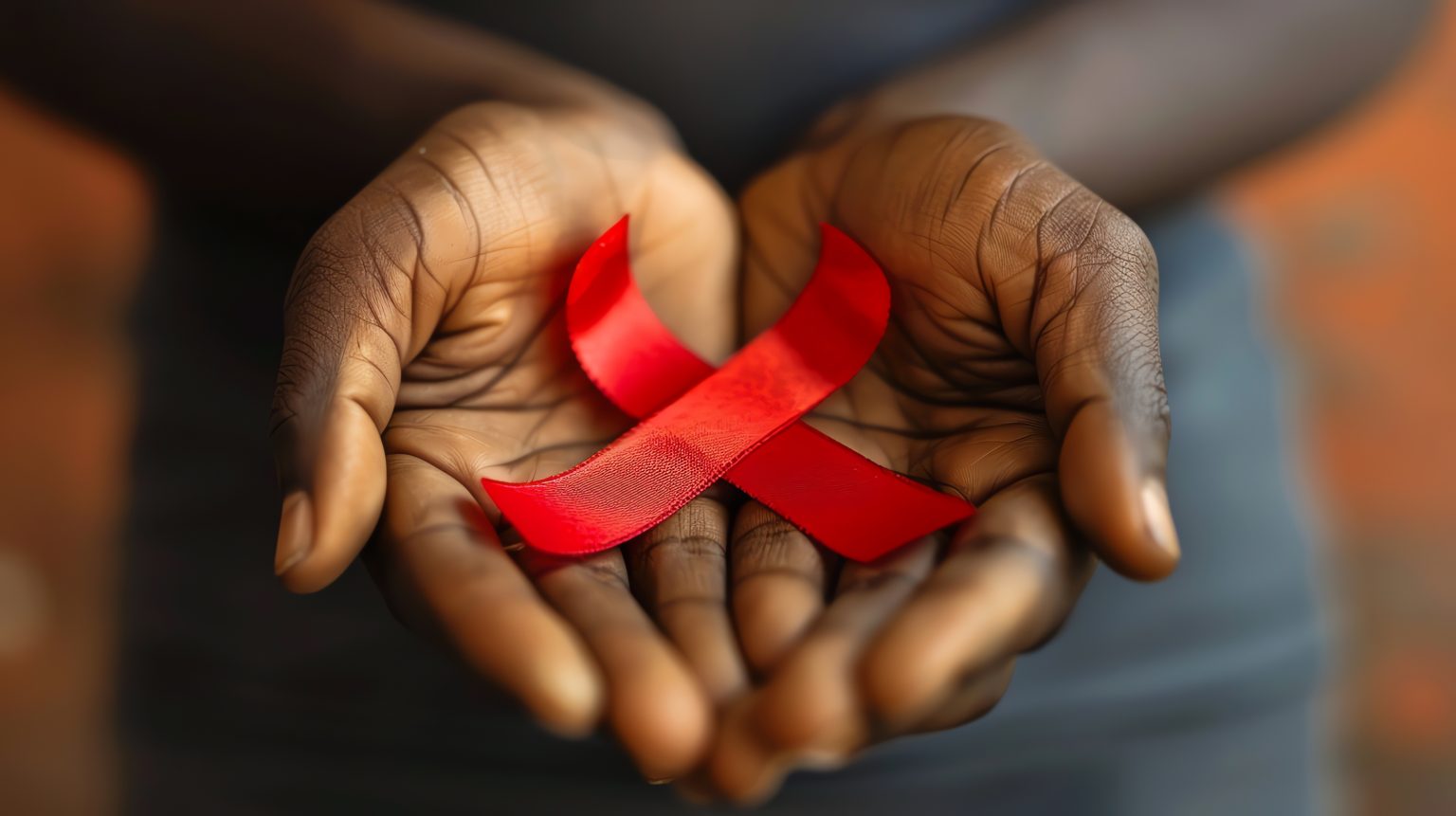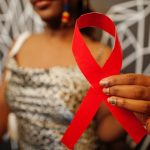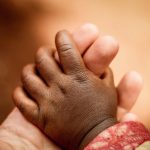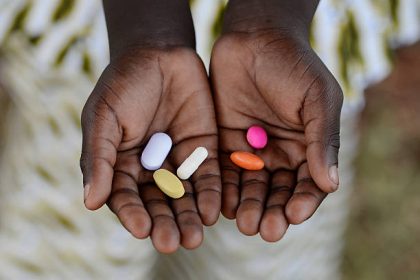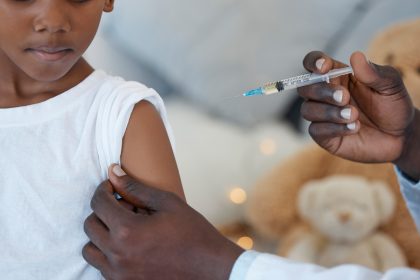This is the first time a HIV-prevention product will be introduced simultaneously in both high and low-income countries in 2026.
In a major breakthrough for global health, the Global Fund to Fight AIDS, Tuberculosis and Malaria has secured access to Lenacapavir (Yeztugo), a revolutionary twice-yearly HIV prevention injection, for low- and middle-income countries.
This partnership with drug manufacturer Gilead Sciences marks the first time a HIV-prevention product will be available in both rich and poor countries at the same time.
This announcement is a turning point in the 40-year fight against HIV, especially for sub-Saharan Africa, where teenage girls and young women face the highest rates of new infections.
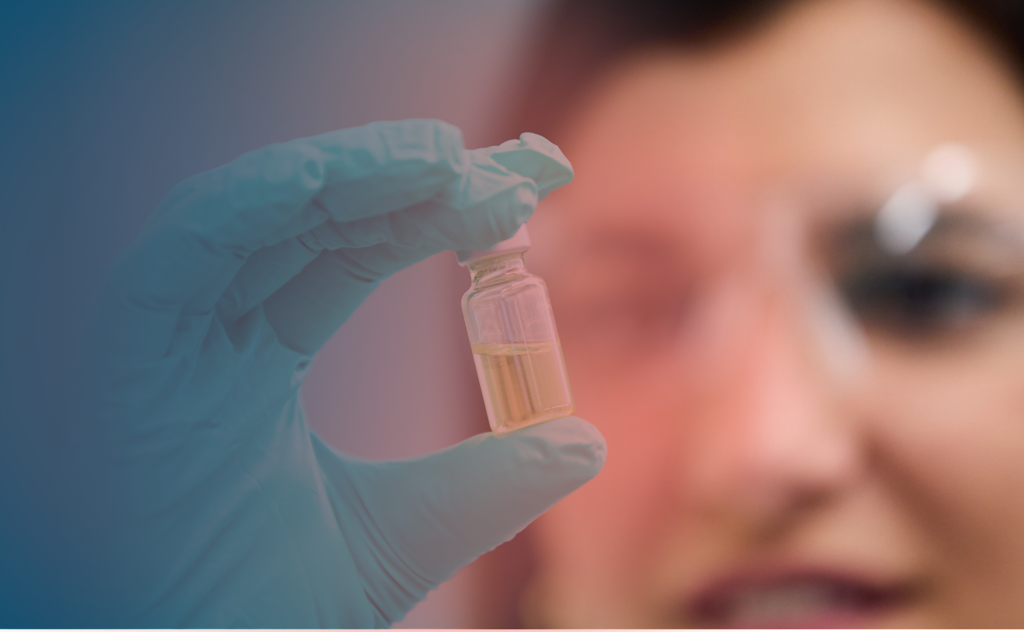
Lenacapavir was approved by the United States Food and Drug Administration (FDA) in June 2025 after showing incredible results in clinical trials.
The drug showed 99.9 per cent effectiveness in preventing HIV infection during the PURPOSE 1 and PURPOSE 2 trials conducted across nine countries including South Africa, Uganda, Argentina, Brazil, Mexico, Peru, Thailand, and the United States.
Unlike daily oral Pre-exposure Prophylaxis (PrEP) pills, Lenacapavir requires only two injections per year. This solves major problems that have limited the effectiveness of existing prevention methods.
This is not just a scientific breakthrough, it’s a turning point for HIV and AIDS
The drug offers a timely solution for individuals who face stigma, struggle with taking daily medications, or face other barriers in accessing consistent HIV prevention.
“This is not just a scientific breakthrough, it’s a turning point for HIV and AIDS,” said Peter Sands, Executive Director of the Global Fund. “For the first time, we have a tool that can fundamentally change the trajectory of the HIV epidemic but only if we get it to the people who need it the most.”
The Global Fund aims to reach two million people with Lenacapavir, with the first shipments expected to reach at least one African country by the end of 2025. This incredibly fast timeline represents record speed in getting global health innovations to those who need them most.
The urgency is especially high in countries like South Africa, where new HIV infections continue to devastate young people.
“This is a game changer for South Africa,” said Dr Aaron Motsoaledi, Minister of Health of South Africa. “Lenacapavir offers young women, and everyone at risk a discreet, long-acting option to stay HIV-free.”
The efforts to introduce Lenacapavir is about ensuring that no one is left behind
Kenya, which reported 17,000 new HIV infections and 21,000 AIDS-related deaths in 2023, is among 18 priority countries identified for early access. These nations account for 70 per cent of HIV cases in eligible countries that include Tanzania, Uganda, Rwanda, Ethiopia, Botswana, Eswatini, Lesotho, Malawi, and Mozambique.
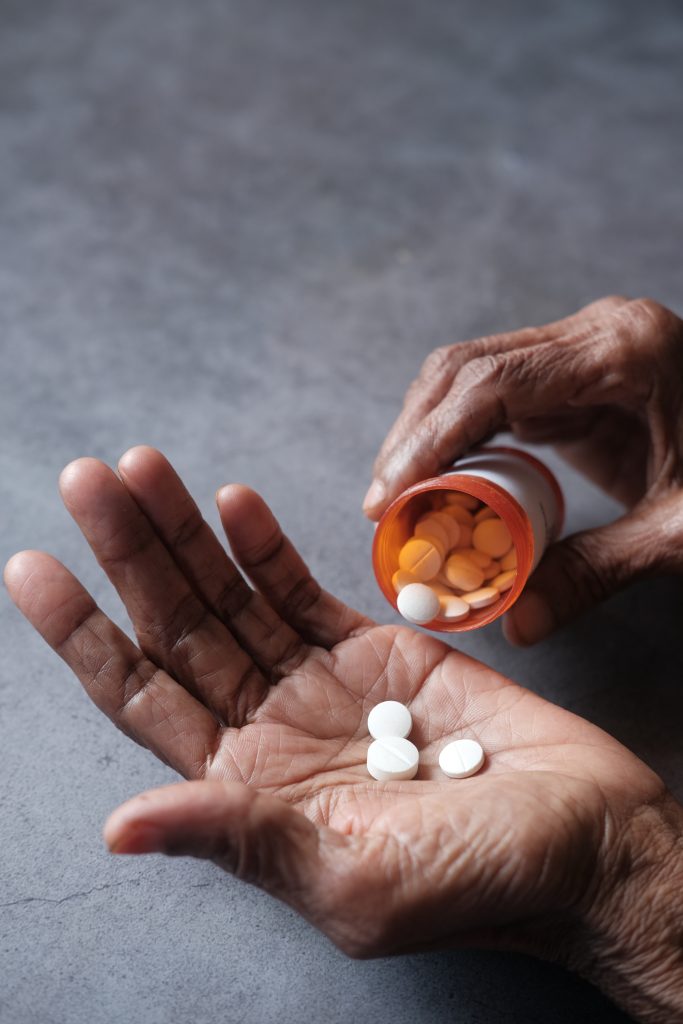
Others are Namibia, Nigeria, South Africa, Zambia, Zimbabwe, Vietnam, Thailand, and the Philippines.
The Global Fund is using private donor funding and strategic investments to make Lenacapavir introduction more affordable, with the Children’s Investment Fund Foundation (CIFF) providing generous support to ensure money isn’t a barrier.
“Our support of the Global Fund’s efforts to introduce Lenacapavir is about ensuring that no one is left behind and communities who need it the most can access it,” said Kate Hampton, chief executive of CIFF.
“We are proud to stand alongside governments, communities, and the Global Fund to help turn this breakthrough into impact especially for adolescent girls and young women.”
This collaborative approach addresses earlier concerns about fair pricing. While Gilead charges approximately US$28,218 (Ksh3.6 million) per patient annually in the United States, research suggests the drug could be produced for as little as $25 (Ksh3,226) per year if manufactured generically at scale.
The rollout faces significant infrastructure challenges, particularly in remote areas where healthcare delivery systems are weak.
Lenacapavir is not a standalone solution, but part of a comprehensive HIV prevention toolkit
The Global Fund has assembled a coalition of partners to address these challenges, including the World Health Organization (WHO), UNAIDS, the Gates Foundation, Unitaid, the Elton John AIDS Foundation (EJAF), and AVAC. Each partner plays a critical role in regulatory pathways, demand generation, and community-led implementation.
Health experts emphasize that Lenacapavir is not a standalone solution, but part of a comprehensive HIV prevention toolkit.
The drug works alongside condoms, oral PrEP, voluntary medical male circumcision, and other proven methods to create multiple layers of protection. The medication requires careful administration protocols.
Patients receive an initial dose consisting of two injections under the skin (927mg total) plus oral tablets (600mg) on day one, followed by another oral dose on day two. After that, injections are given every six months, with a two-week flexibility window.
Clinical trials revealed generally manageable side effects, with the most common being injection site reactions, headache, and nausea. However, the drug carries important warnings that require careful monitoring.
Lenacapavir interacts with certain medications, requiring dosage modifications
Healthcare providers must confirm HIV-negative status before each injection, as the drug could lead to resistance if given to people with undiagnosed HIV infection. The medication’s long-acting properties mean it can remain in the system for up to 12 months after the last injection.
Additionally, Lenacapavir interacts with certain medications, requiring dosage modifications in some cases. Healthcare providers must be trained to recognize these interactions and manage them appropriately.
The Lenacapavir rollout comes at a critical time for global HIV response. The funding freeze on the United States Agency for International Development (USAID) and the US President’s Emergency Plan for AIDS Relief (PEPFAR) initiated by President Donald Trump earlier this year has created significant uncertainties in HIV programming worldwide.
In Kenya alone, over 1.2 million people rely on PEPFAR-supported services, and funding disruptions could undermine decades of progress.
Success will require coordinated efforts across multiple sectors
Despite these challenges, countries like Kenya have shown remarkable resilience. Since declaring HIV a national disaster in 1999, Kenya has reduced HIV prevalence from 13 per cent to approximately 4.5 per cent, with over 90 per cent of diagnosed individuals on antiretroviral therapy and rising viral suppression rates.
The successful implementation of Lenacapavir represents both an opportunity and a test of global health systems’ ability to deliver innovative solutions fairly.
As Hui Yang, head of supply operations at the Global Fund, notes: “Our goal is to make sure that people in the highest-burden countries are not waiting years to access the latest prevention tools.”
The next critical phase involves supporting countries in developing strong delivery systems, training healthcare workers, and ensuring community acceptance.
Success will require coordinated efforts across multiple sectors, from cold-chain logistics to community education and stigma reduction.
For countries like Kenya, Lenacapavir could provide the final push toward achieving an AIDS-free generation by 2030. However, realizing this potential depends on sustained investment, political commitment, and the ability to overcome infrastructure and systemic challenges that have historically limited access to life-saving innovations.
